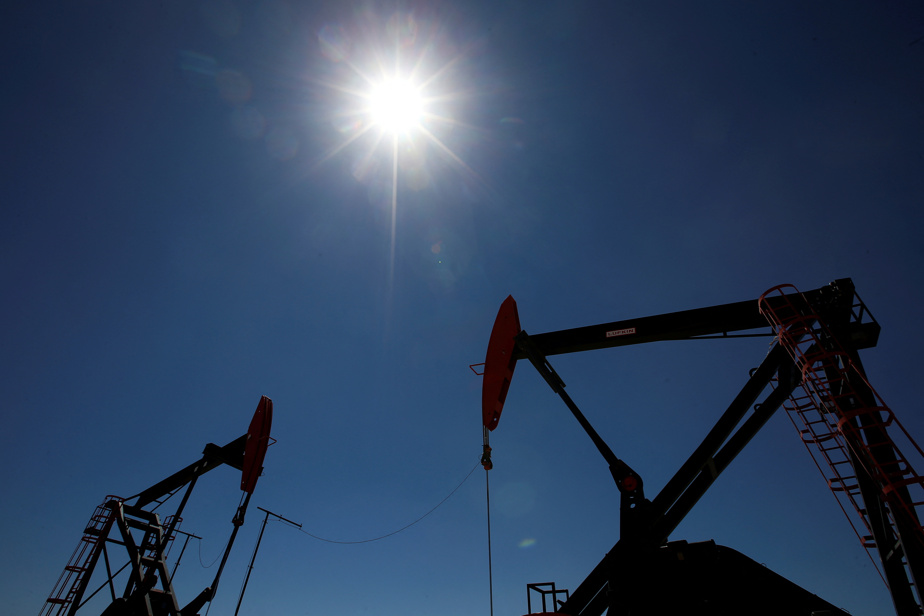The news of the postponement of the Bay du Nord oil project off Newfoundland did not cause many waves, but it might one day be remembered as an event that marked the beginning of the end of the oil era.
Equinor, the Norwegian oil giant formerly known as Statoil, wants to recover between 300 million and 1 billion barrels of oil buried under the sea off Newfoundland over a 30-year period. Estimated cost of the project: 16 billion, according to the latest figures made public, probably more today, which explains Equinor’s decision to hold back.
The company has not abandoned the project, but is postponing it for up to three years. Until then, a lot can happen in the vast world of energy.
The sector is changing at breakneck speed. This is not the first time that the end of oil has been announced. The world started out worrying about running out of oil because global reserves were running out. Today, the end of oil could come because the world no longer wants it, that is, when global demand begins to decline due to the energy transition.
In its intermediate scenario, BP predicts that global oil demand will remain stable until 2030 and will decline thereafter. The decline will be slow and no one yet expects oil to disappear completely, but demand is expected to continue its inexorable descent.
These kinds of predictions are based on a lot of uncertainty. Countries that have set themselves targets for reducing greenhouse gas emissions need to succeed in meeting these targets, the electrification of transport should be accelerated and investments in renewable energies should continue to increase. increase.
Over the past five years, more money has been invested in renewable energy than in oil, gas or coal. For every dollar invested in fossil fuels, $1.7 will be invested in renewables this year, reports the International Energy Agency in its recent Energy Sector Investment Report. Five years ago, this ratio was one to one.
We can certainly doubt that the end of oil is near, but certain signs are not misleading. And these signs come from the oil companies themselves: they are no longer investing to increase their production.
Major oil companies have made extraordinary profits in 2022, due to the crude oil boom that followed Russia’s invasion of Ukraine. Shell posted a profit of US40 billion, Exxon reported a net profit of US56 billion. Most have doubled their profitability compared to the previous year. This is the case of Equinor, whose profits have fallen from 33.5 billion US dollars in 2021 to 75 billion US dollars last year.
After reaping such profits, the oil companies announced an increase in their investments, but a much lower increase than expected.
The oil companies are choosing to repay their debts, increase their dividends and buy back their shares rather than reinvesting in their activities. At the very least, it indicates that their confidence in the future is shaken and that declining global demand is a possibility, not just an environmentalist dream.
Overall, oil sector investment will increase by 7% in 2023, according to the IEA. But this increase is concentrated among producers in the Middle East, whose production costs are very low, and who will be practically the only ones to return to their pre-pandemic level of investment.
The other producers, and in particular those active in Canada, are playing it safe. Planned investment in Canada’s oil sector this year is up, but the money will go to maintaining facilities and also to offset rising costs due to inflation, according to the Canadian Producers’ Association. The end of oil, the real one, is now seriously considered.
